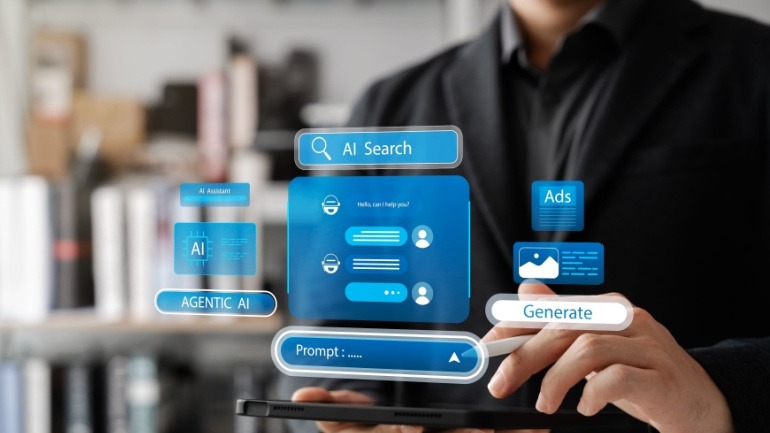In the digital era, enterprise contact centers face challenges with fragmented systems, but integrating Microsoft Teams and AI can revolutionize VoIP experiences. This promising path unifies disconnected platforms, enhancing customer interactions and employee satisfaction. However, overcoming organizational resistance and skill gaps is crucial to achieving seamless VoIP solutions.
As reactive network planning fades, AI emerges as a game-changer for VoIP solutions, offering real-time data analysis and proactive management. With AI, VoIP networks can self-optimize, predict maintenance needs, and ensure seamless service even with rising 5G traffic demands. Embrace AI for efficient and futuristic VoIP network strategies.
Generative AI is set to revolutionize telecommunications by moving operations from reactive to predictive systems, significantly impacting VoIP services. With Gen AI, telecom operators can experience faster troubleshooting and enhanced fraud detection, streamlining VoIP network efficiency. Properly implemented, Gen AI promises rapid results with lower costs, reshaping the VoIP landscape.
The San Antonio Spurs’ partnership with Dialpad demonstrates how AI-powered VoIP communications can enhance fan engagement and internal coordination. This venture showcases the potential of AI-first unified communications to thrive in dynamic sports environments. By leveraging AI, the Spurs improve fan interactions, allowing for seamless cross-departmental communication and personalized experiences.
LeapXpert has launched its Communications Platform 3.0, revolutionizing how businesses leverage consumer messaging apps. By integrating AI-driven insights, it transforms dynamic interactions into structured, actionable data. This ensures seamless communication management and operational benefits. With new features like Signals and automated workflows, LeapXpert enhances efficiency and compliance in voip communications.
Telecom operators are transforming into key players in AI services, appealing to enterprises seeking seamless AI solutions. Historically focused on connectivity, telcos are now diversifying with AI infrastructure and tools. This shift, prompted by corporate demand, offers substantial growth potential as traditional revenue streams decline. Successful operators harness AI infrastructure, collaborating with platform developers to offer customized solutions and productivity tools. Their strategic advantage includes expansive networks and data centers, enabling competitive pricing and data sovereignty. However, to capitalize effectively, they need to overcome internal challenges and navigate competition from hyperscale cloud providers like AWS and Google Cloud.
Amid Black Friday’s digital communication surge, Sinch reported a 144% increase in AI-powered Rich Communication Services. Businesses increasingly favor rich messaging formats, blending traditional channels like SMS and email with interactive VoIP solutions. This shift underscores the essential role of AI in creating standout conversational experiences in competitive markets.
Meta’s recent announcement to update WhatsApp Business terms by removing Microsoft Copilot and ChatGPT by January 2026 signals a significant shift for organizations relying on these tools. This change necessitates swift evaluation of AI alternatives and urges businesses to rethink multi-channel AI strategies to avoid vendor lock-in while maintaining efficiency through adaptive solutions.
In the dynamic realm of travel operations, seamless communication is essential. Airlines are transforming with Microsoft Teams, elevating their real-time operations. This unified workspace fosters prompt decision-making during disruptions, crucial for operational agility. Airlines like Gulf Air and Air India exemplify enhanced crisis management using Teams. Operational efficiency and enhanced communication streamline collaboration, bolstering response strategies.
The telecommunications industry’s transformation is imminent, fueled by agentic AI. As companies face rising expenses and cyber threats, integrating agentic AI becomes essential. In call centers, it slashes costs, automating call processing while enhancing efficiency. Beyond savings, agentic AI revolutionizes network management, ensuring reliability and customer satisfaction.













